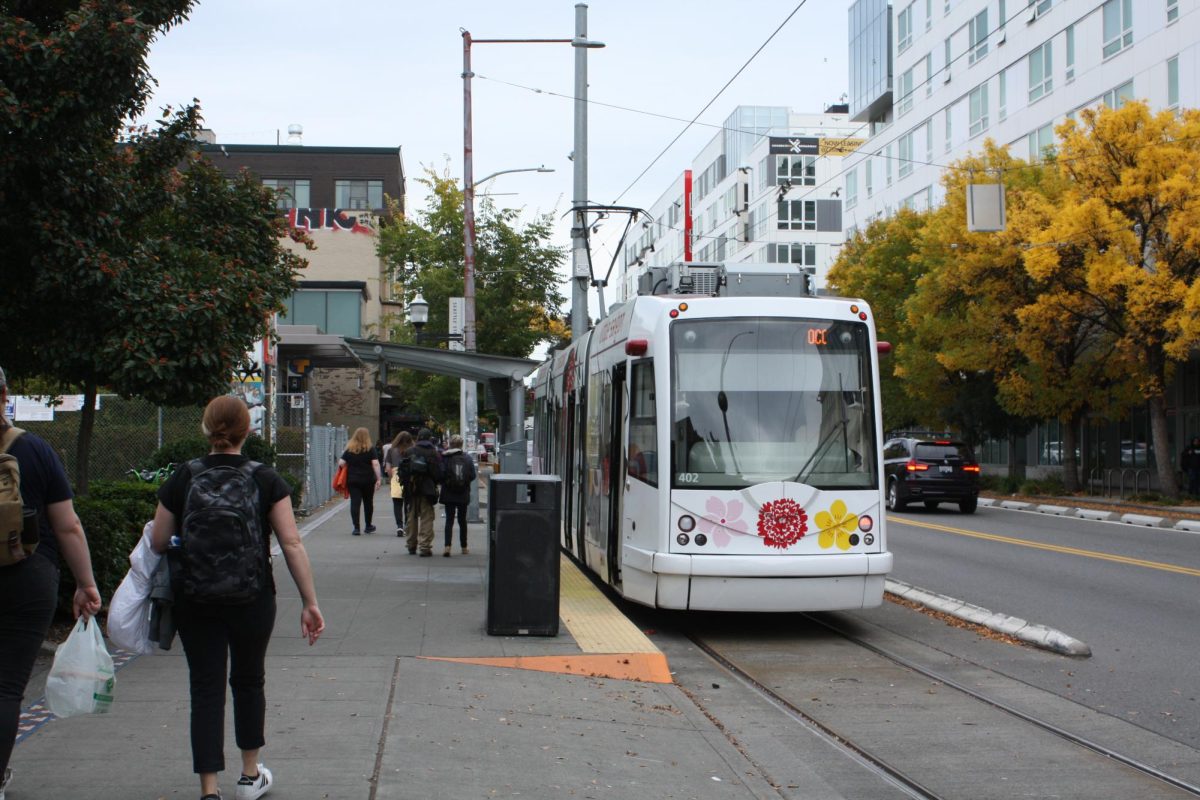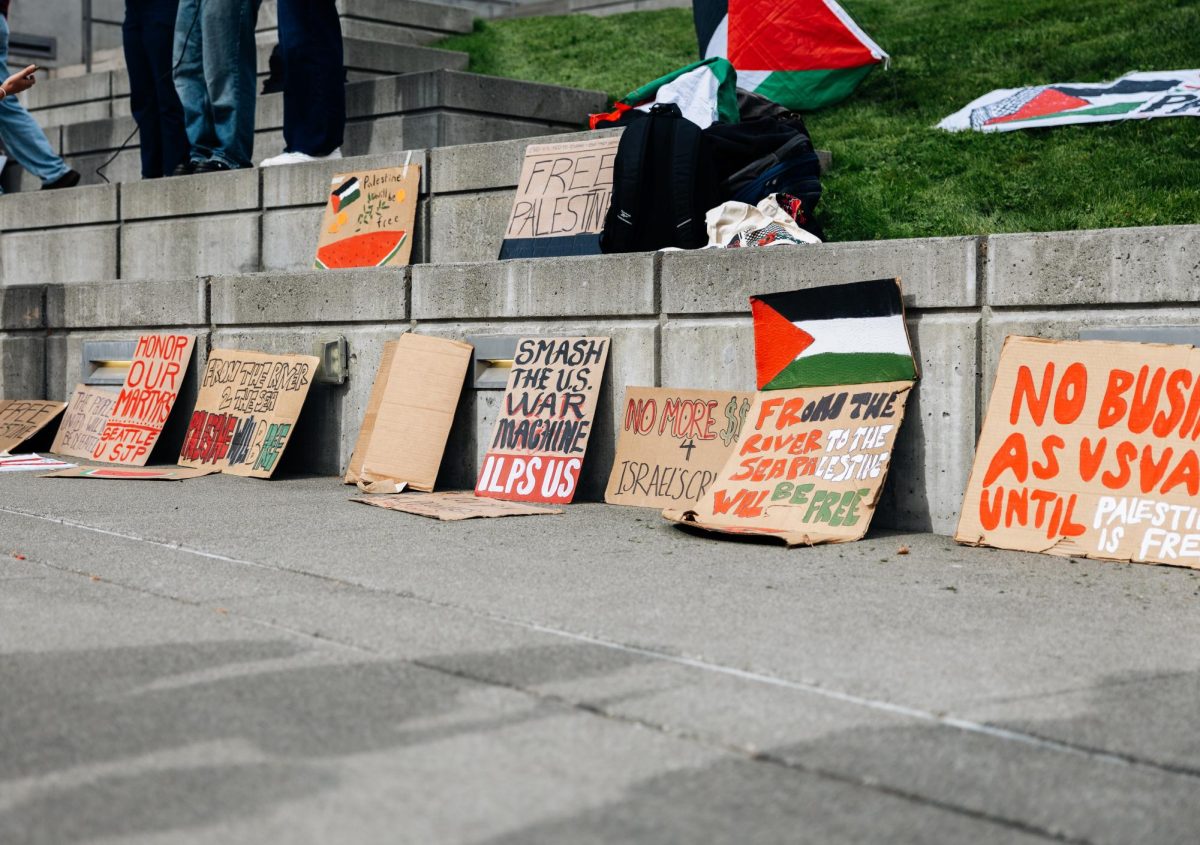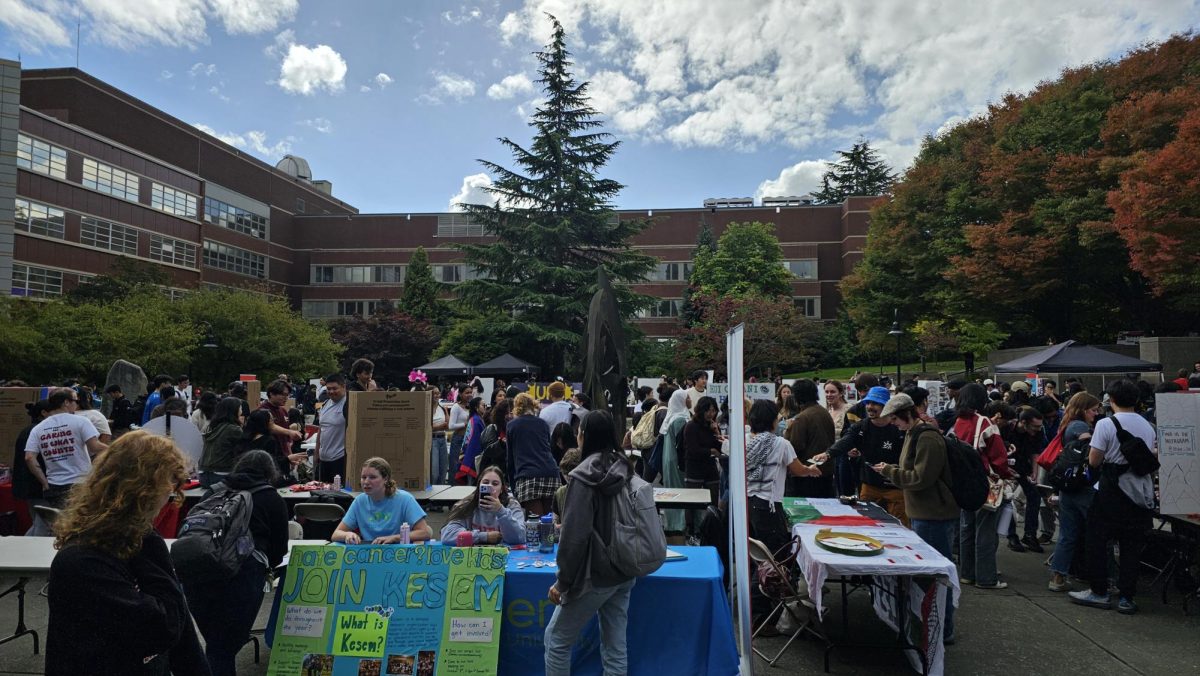Baltimore, Maryland is still in recovery after a series of protests and violent riots shook the city last week and drew attention from across the country and the world.
On Saturday, April 25, a peaceful protest of the death of Freddie Gray, a 25-year-old black man who was fatally injured while in police custody, turned into an angry square off between Baltimore citizens and police. Cars were burned, public property was damaged and several people were injured.
The six police officers involved in Gray’s death were charged on Friday with various crimes, including murder and manslaughter. But this is more than can be said for countless other recent cases in which black men and women have been unjustly killed by police officers.
The issue of racism in the police force has become the subject of a heated nationwide conversation over the past year following the death of 18-year-old Michael Brown in Ferguson, Mo. last summer. Protests have been held all over the country supporting the Black Lives Matter Movement.
“I think we have to think that technology is a wonderful thing, because it’s allowing us to have this conversation now,” said Matteo Ricci College professor Wilson Edward Reed. “People have to believe in each other, and they have to want to see people who are different from themselves excel.”
Over the past week, the question has been raised of whether the riots were really necessary to making a point. While some argue that it was the only way to fight back and have voices heard, others believe the violence will only lead to a greater divide between the police and the public. At a news conference on last week, President Barack Obama called the violence “counterproductive,” and said there was “no excuse” for it. Freddie Gray’s twin sister Fredericka Gray, a prominent pastor, said at a conference at Baltimore’s City Hall that neither Freddie nor their parents would want to see this kind of violence.
“It’s gotten to the point where this is their only outlet, which I think says something,” freshman Angelica Rivera said. “It’s a sad situation, but if this is the only way then this is the only way.”
Reed, who teaches courses on policing in society, poverty in America and African American studies, said he is surprised a riot like this hadn’t happened sooner.
“It’s sad, and I wouldn’t do it, but I have to be understanding of it,” Reed said. “Our society is actually set up to perpetuate some of the stuff that’s going on.”
But Reed said he believes racism is not the only factor in this issue of police misusing their power—rather, the separation between the police and the public is driven at least partially by inequalities of wealth in large cities.
Baltimore in particular, Reed explained, is in this state of unrest because of an enormous divide between the poor parts and the wealthy parts of the city. While Seattle and Baltimore have nearly identical populations—a little over half a million people live in each city—Baltimore has twice as many officers on patrol.
“Something is going on when you have to have that level of social control,” Reed said. “I think as a society we have to come to grips and realize that this inequality of wealth is way out of whack.”
Some people believe that large media organizations such as Fox News and CNN have made the situation worse by labeling the rioters as criminals and focusing on looters rather than protestors. In one instance, a CNN reporter upset viewers when she said that soldiers who become police officers after returning from war are “ready to do battle” in events like the Baltimore unrest.
While some have compared the protests to those that happened during the 1960s Civil Rights Movement, the clear difference now is the level of exposure, thanks to social media outlets like Twitter and Facebook.
With all eyes on Baltimore right now, it remains to be seen whether this incident will translate into change.
“Buildings and cities can be rebuilt, but you can’t replace the lives that have been lost,” said freshman Kristen Howard.









